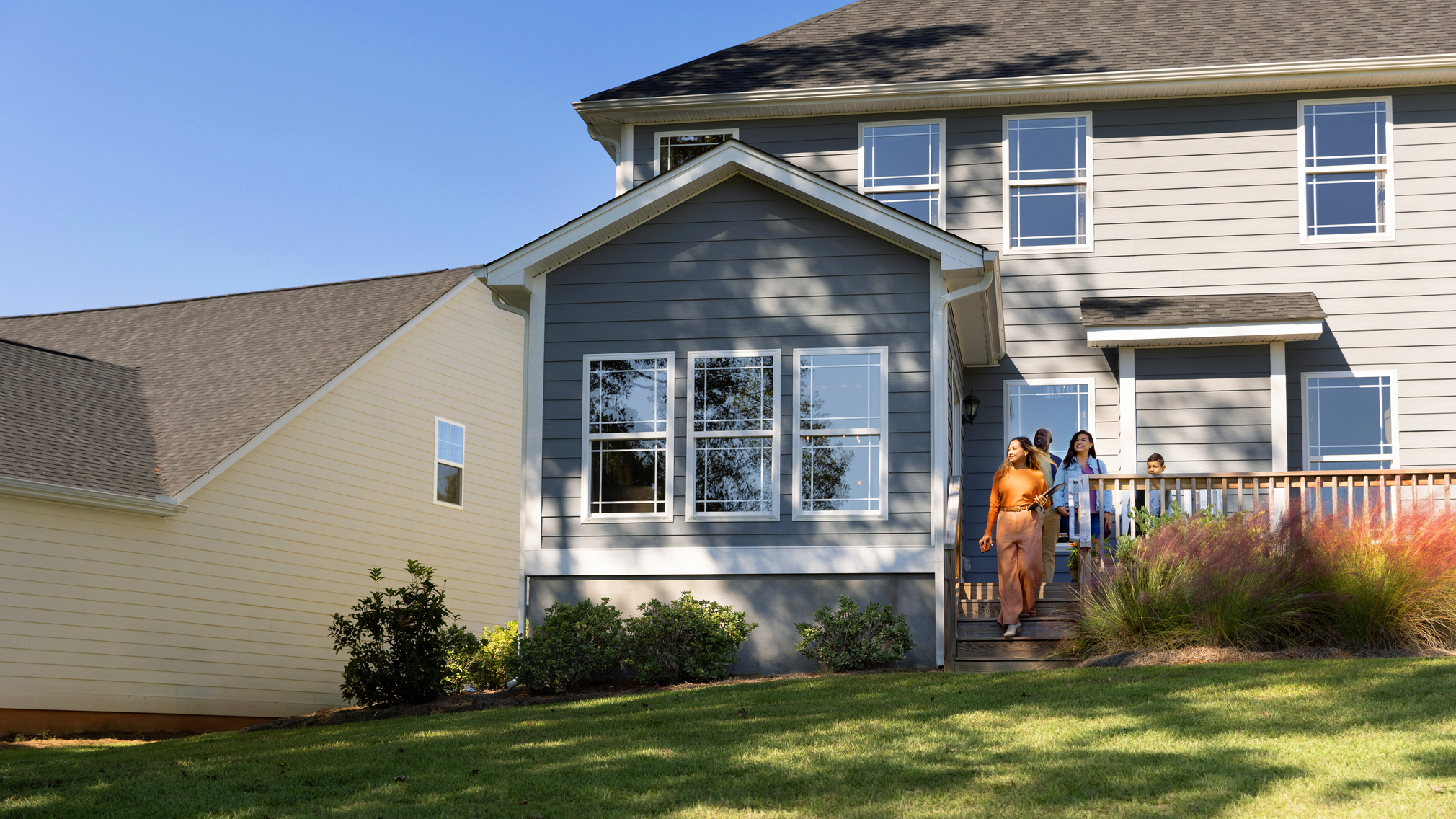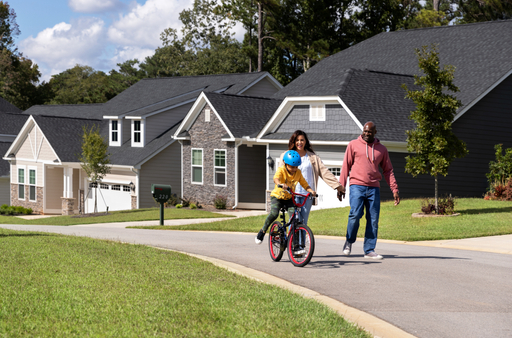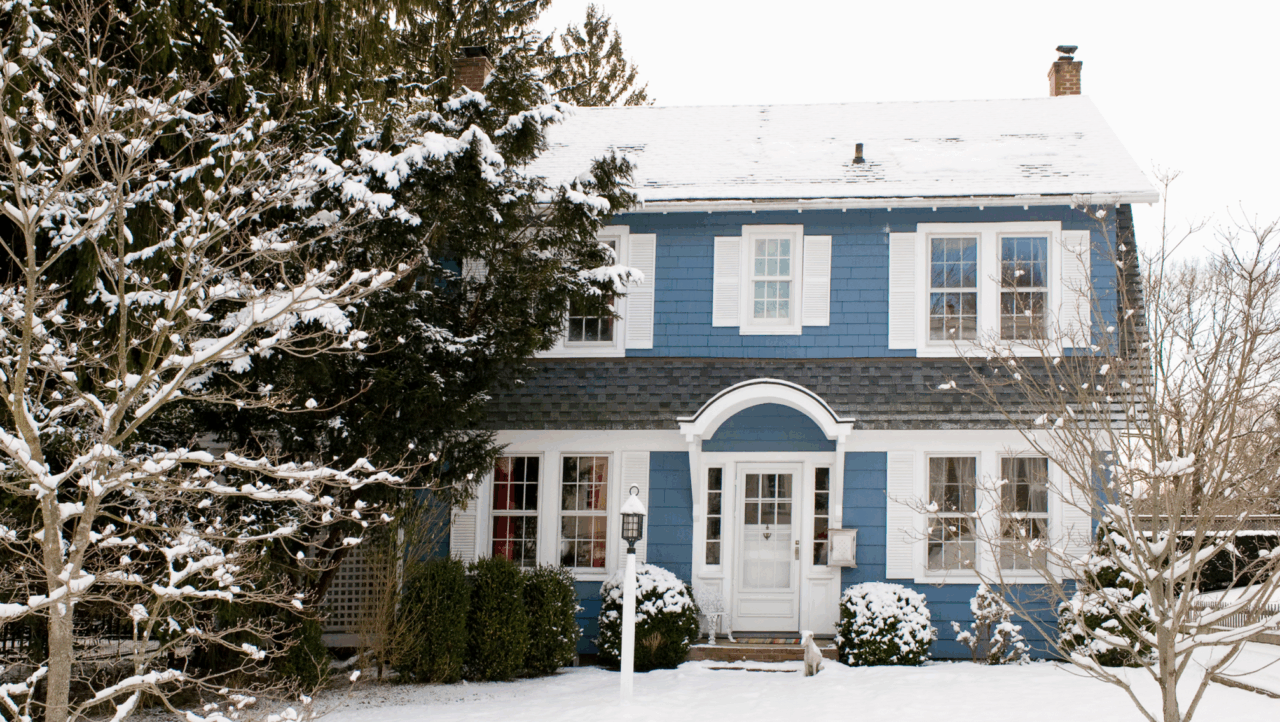How to Buy a New Construction Home


Written by Jennifer Lyons on April 11, 2025
The process of buying a new construction home can be different from purchasing an existing home and comes with its own set of considerations. You’ll want to research the community, builders, compare features, and be prepared for construction timelines. This guide will walk you through the essentials of buying a new construction home, so you can make informed decisions and avoid potential pitfalls. Whether you’re a first-time buyer or looking to upgrade, a new build can provide the perfect opportunity to create the home of your dreams.
1. Work with a specialized agent
Real estate agents often specialize in specific areas of home buying. Find a real estate agent that specializes in new construction or new builds. They’ll help you identify reputable builders, secure financing, and even understand all that goes into buying a newly built home.
If you are just starting your search for an experienced agent, connect with a Zillow partner agent. When connecting with a Zillow representative, specify you’re interested in a new construction, so they can match you with an agent that fits your needs best.
An agent can provide valuable insights into a builder’s reputation, available lots in your area, and new communities that can meet your needs. This expertise will set you up for success before you begin your search for a new construction home.
2. Explore your financing options
Financing a new construction home can be a bit different from buying an existing home and may require a different loan type, especially if you’re building a custom home. In a 2024 Zillow survey, 49% of new construction buyers who used a home builder or sales center say they were required to finance their home purchase directly through the builder or use the builder’s preferred lender for financing. Often, that’s the case if you want to take advantage of builder incentives. Many builders offer temporary or permanent mortgage rate buydowns and other incentives, such as help with closing costs and free or discounted upgrades, especially if they’re selling in a buyer’s market. Zillow research in 2025 found that, among buyers who financed their home purchase with a mortgage, new construction buyers were more likely to report a rate below 6% compared to existing home buyers (71% versus 59%).
If you’re building a home from scratch, research lenders who specialize in construction loans, short-term loans that finance the cost of building a new home and cover things like materials, labor and permits. If you have a construction-only loan, it must be paid off once your home is completed. Or you can refinance the loan into a traditional mortgage, with regularly monthly payments for the life of the loan.
Once you find a few lenders you like, get pre-approved to determine how much you’re eligible to borrow. Being pre-approved not only helps you choose a lender but also helps you determine your budget and make the entire purchasing process smoother.
3. Decide on a location
When it comes to homes, it is all about location, location, location. You will want to work closely with your agent and builder to narrow down neighborhoods or communities based on your preferences. A few factors to consider include the area’s amenities, proximity to places such as school or work, and any future developmental plans. For instance, you might not want to build your home in a quiet out-of-town suburb only to find out there are plans to build a shopping mall next door.
You also can research builders on Zillow, which provides builder profiles and reviews, interactive community maps and details about community amenities, personalized alerts for new communities and homes, floor plans and virtual tours of model homes. If you’re searching in a new community page, you’ll be able to see available homes, homes that are coming soon and buildable plans. Some builders also include lot photos and maps so you can better understand how your new home might look at that particular lot.
4. Decide what type of home you want
Types of new construction homes
As you’re searching for your dream home, it’s important to know that not all new construction homes require a long wait before you can move in. There are three main new construction types you’ll be able to consider, each offering different levels of customization and timelines:
- Move-In Ready: These homes are already built and available for immediate purchase, allowing for a quick and seamless move-in — often as fast as buying an existing home. If you’re looking to move soon, move-in ready new construction can be a great option and may even be available for tours on Zillow.
- Semi-Custom: These homes offer flexibility to select certain pre-set features, such as flooring or cabinetry, while working within the builder's framework. The timeline for semi-custom homes is typically shorter than building a fully custom home from scratch.
- Full Custom: This option allows you complete freedom to design every detail of your home from the ground up. Because every aspect is tailored to your preferences, full custom homes require more time and coordination compared to move-in ready or semi-custom options.
By understanding these options, you can choose the new construction path that best matches your timeline and preferences.
5. Choose a home builder
The final piece of the new home construction “puzzle” comes in the form of the right home builder. Your builder should be someone who understands and can achieve your goals, who has proven experience, and operates in your area.
Research and compare
Take time to research various home builders in the area. Compare their reputations, galleries, design flexibility, upgrade options, and available incentives like special financing deals. Zillow’s builder directory is a helpful resource for starting your search. Once you find a builder you’re interested in, Zillow makes it easy to tour their homes, contact the builder or visit the builder’s website.
Questions to ask
When evaluating builders, ask about their standard finishes versus upgrades, warranty policies, and approximate timelines so that you know what to expect. If possible, visit the builder’s model homes to get a firsthand look at their craftsmanship. Some new construction listings on Zillow include client reviews. You also can search online for reviews.
6. Budget for your home
Once you decide on a type, you’ll work closely with your builder to finalize any extra design details. From floorplans to finishes and upgrades to materials, this is your chance to get involved and bring the vision of your home to life. Work out your budget beforehand so you know where you can splurge and where you might need to cut back.
7. Review the builder's contract
Buying a new construction home means you’ll have lots of choices and approvals to make. Thoroughly review the builder’s contract and have your agent double-check it so you can avoid any surprises. Make sure you understand details such as the construction timeline, payment schedule, and all builder’s warranties to fully protect yourself and your property.
8. Negotiate changes and sign
This is the time to clarify everything and ask questions before making a final commitment. You’ll want to make sure you’re clear on deadlines, timeframe to choose materials and finishes, and other important milestones. Your agent can also walk you through the contract and ensure you understand what you’re signing. A real estate attorney may come in handy at this step, too. Don’t hesitate to speak up about adjustments or pricing.
Keep in mind that any changes to building or materials after you sign will likely add to the cost of your build. The builder should keep you informed on progress, issues and timing as your home is being built.
9. Schedule inspection
Even if your home has just been built from the ground up, scheduling an inspection is a good way to confirm that your new home is move-in ready and there aren’t any unexpected issues. While many new builds are checked for city code compliance during construction, you’re welcome to hire your own independent inspector to evaluate the property at different stages of the build to make sure it is meeting codes and quality standards.
10. Do a final walkthrough
About one or two weeks before you close on the sale, you’ll take one more important step: conducting a final walkthrough with your builder. This is your opportunity to make sure that all agreed-upon changes are complete, upgrades are in place, and the house has been built to your satisfaction. During this walkthrough, you’ll work with the builder to create what’s called a punch list. It’s a written list of all repairs that need to be addressed to finalize the deal. The list can be based on the findings of the inspection and issues you observe as you go through the home. Some of these repairs may be completed after closing, but the punch list documents your builder’s commitment to finish the work.
11. Finalize the deal and move in
Finally, it’s time to sign the paperwork and officially become a homeowner. Sit down with your agent to review all closing costs, upgrade expenses, inspection reports, and final checks before the coveted move-in day. And check with your lender to ensure everything is in order so you can close on time. Once everything is finalized, enjoy making your new house a home.
Brand new and built for you
Get a turnkey, customized home with lower maintenance and a modern layout.
Browse new homesRelated Articles
Find a brand-new home
See floor plans, builder ratings and more when you search new construction on Zillow.
Start your search


